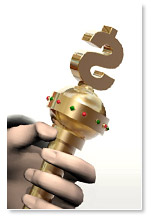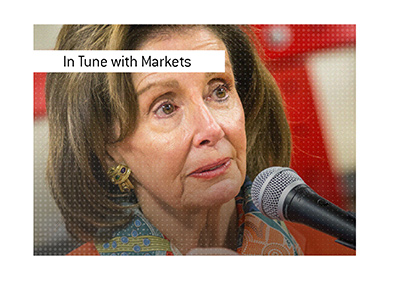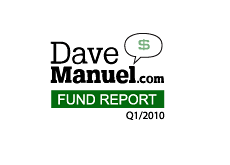Short-Selling Should be a Major Part of Your Market Strategy
Alright, since this site is all about making money online, I'd be remiss if I didn't talk about online trading, and how you can extract large sums from the stock market.
Trading is how I got my start - I started trading in November of 1998. I traded pretty much full-time until September of 2001 or so, when a bunch of brokers based in Canada decided to use a technicality to shut down all Canadian based traders who were trading at US companies who didn't have offices in Canada. That kind of put a bad taste in my mouth, as I was basically out of action for 9 months. The biggest reason that I don't trade now? The fact that I am a night owl, and just can't force myself to get up at 6 am to trade the stock market.
One thing that I learned right from the start - short-selling should be a major part of any person's market strategy. Back in those day's, Silicon Investor was a major hub of activity, and I read the postings of such famous short-sellers as Anthony Elgindy, "Pluvia" and others religiously. They made me realize that sometimes it is much easier to spot the ugly and correct companies compared to the great ones. Now, I'd like to think that I can spot a fraudulent company a mile away.
Anyways, when I traded, I always looked for patterns that I could exploit over and over. I would rarely get a 20% gain, but I would often see 1-2% gainers. Add those up over the course of a year, and you would have some pretty nice returns.
 For instance, I noticed that stocks almost always traded higher after they priced a secondary. Or, when stocks were removed from the S + P 600, they would always dive on the day of the deletion, and they roar back the next day. Or, when stocks were added to the Nasdaq 100 or S + P 500, they would soar into the close on the day of their additions. I had a bunch of little tricks like this that made me a lot of money.
For instance, I noticed that stocks almost always traded higher after they priced a secondary. Or, when stocks were removed from the S + P 600, they would always dive on the day of the deletion, and they roar back the next day. Or, when stocks were added to the Nasdaq 100 or S + P 500, they would soar into the close on the day of their additions. I had a bunch of little tricks like this that made me a lot of money.Here is another one. I call it the "Drop of Death", and it is probably my most lucrative trading strategy.
The thought process behind the drop of death is simple. Take a stock that announces really bad, unexpected news. Combine that with multiple broker downgrades, heavy premarket volume, and you have a recipe for a "drop of death" candidate.
The theory behind it is simple. If Joe Average investor owns company XYZ at $50, and that company announces really bad news and the stock gaps down to $40 along with multiple broker downgrades, then there is a great chance that the stock, following a minor pop off the opening bell as short-sellers cover, will trade lower throughout the day. Why? Because investors and institutional investors will more than likely be dumping shares throughout the day, exiting the stock.
You will have the average Joe investors selling the stock, because they have lost confidence in the story. You will have seasoned institutional investors who were caught off-guard and are now dumping the stock, and moving into something else. And you have the sheep who will follow the advice of their brokers and sell the shares. Plus, you have people who had a stop loss of say, $10 who will now automatically dump the stock.
The key is to identify stocks that reported unexpected bad news. You want situations where the stock's reputation has now been damaged, and no one will want to own it in the short-term until there is an improvement in the company's story.
What I would do is identify these stocks in premarket. Let's say that XYZ gaps down to $40 from $50, after announcing that earnings would be significantly lower than expected for the current quarter, and that they were removing their guidance for the remainder of the year due to uncertainty. Brokers have come out in droves and downgraded the stock, saying that the story behind the stock is murky and they recommend waiting on the sidelines. Volume in premarket is extremely heavy. This is a prime example of a "drop of death" stock.
I would like to short about 15 minutes after the opening bell. Normally there would be a small pop on the opening bell, as short-sellers would cover and the stock would rise. After this initial pop I would notice time and time again that the stock would deteriorate throughout the day. I would always set a stop loss of 3% to protect myself. Normally my gains would be between 1-2%, but it would really add up over the course of a year.
The reason for the stock trading lower throughout the day? What I stated earlier. Investors dumping shares as they no longer believed in the company story. A company that announces unexpected bad news will be considered a "broken" stock until they do something to restore investor confidence. Who wants to own a broken stock? If a company comes out and says, "our earnings suck, and we don't know when they are going to get better" .. is that a stock that you want to own? Probably not.
The "drop of death." A trading system worth checking out. In the future, I will outline more of my trading strategies that proved to be successful.
Technorati Tags: stock market - nasdaq - nyse - online trading - daytrading
Filed under: Stock Market Education | General Knowledge



